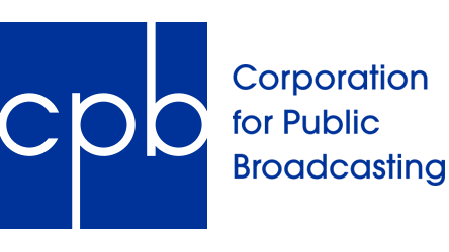Crystal Vision interface used for major UK broadcaster’s London broadcast center redevelopment
Systems integrator Dega Broadcast Systems is in the process of installing a hundred Crystal Vision Indigo 2 frames as part of its on-going project to provide the central technical areas and infrastructure for the redevelopment of BBC Broadcasting House in London.
The 80,000m2 W1 broadcast center will be the new home of the BBC's national and international news operations as well as the national radio networks.
Dega were appointed as Systems Integrator for W1 Central Technical Areas following a competitive procurement process under EU regulations, and are using Crystal Vision synchronizers, audio embedders, fiber optic receivers and video and audio distribution amplifiers to help create the 3G-capable backbone for the routing and distribution of program content.
SYNNER-E 3G synchronizers will be used for synchronizing the incoming video circuits, and additionally as audio shufflers for sorting out any embedded audio that might be on the wrong track assignment. Working with 3Gb/s, HD and SD sources, the multi-functional SYNNER-E 3G combines a video synchronizer, tracking audio delay, embedder, de-embedder and audio processor with optional fiber I/O on one board, and allows the embedding or de-embedding of up to eight AES in any combination as well as special Dolby E processing. An integrated fiber output on the SYNNER-E 3G boards was selected for this project because using one module to both synchronize the incoming lines and turn them into fiber was the most space-efficient solution.
FRX 3G fiber optic receivers will be used for feeding outgoing lines. Meeting the SMPTE 297-2006 short-haul specification and using a Class I laser, this dual channel board provides two optical inputs and two reclocked 3Gb/s, HD or SD outputs per channel, allowing it to double as a distribution amplifier.
TANDEM 3G audio embedders/de-embedders will be used for video to audio router highways. TANDEM 3G is a single board solution providing a combined embedder and de-embedder for four groups of audio, and includes full shuffling and overwriting of the mono channels between all four groups and optional integrated fiber input/output connectivity.
Black and Burst signals will be distributed using VDA110M HD analog video distribution amplifiers. Designed for distributing HD or SD analog video or reference, the VDA110M HD gives a maximum of eleven outputs or ten outputs with a loop-through, and includes gain adjustments and high quality cable equalization.
Get the TV Tech Newsletter
The professional video industry's #1 source for news, trends and product and tech information. Sign up below.
DADA208N digital audio DAs will be used for distributing 110 ohm AES silence as a reference. This dual channel non-reclocking distribution amplifier can be used with both 110 ohm and 75 ohm AES and also for impedance conversion, and provides up to four outputs per channel, or eight outputs if the board is configured for use with a single input.
AADA416FM analog audio DAs will be used for distributing linear timecode signals. The quad channel AADA416FM features four separate audio distribution amplifiers, each with an electronically balanced input and four floating outputs, with the flexible inputs and outputs configurable in five different ways.
Most of the equipment will be controlled via the BBC’s BNCS (Broadcast Network Control System) using SNMP.
Based at Whittlesford near Cambridge in the UK, Crystal Vision provides digital keyers, picture storage modules and a full range of digital and analog interface equipment including converters, synchronizers, distribution amplifiers and audio embedders to the professional broadcasting industry worldwide.
